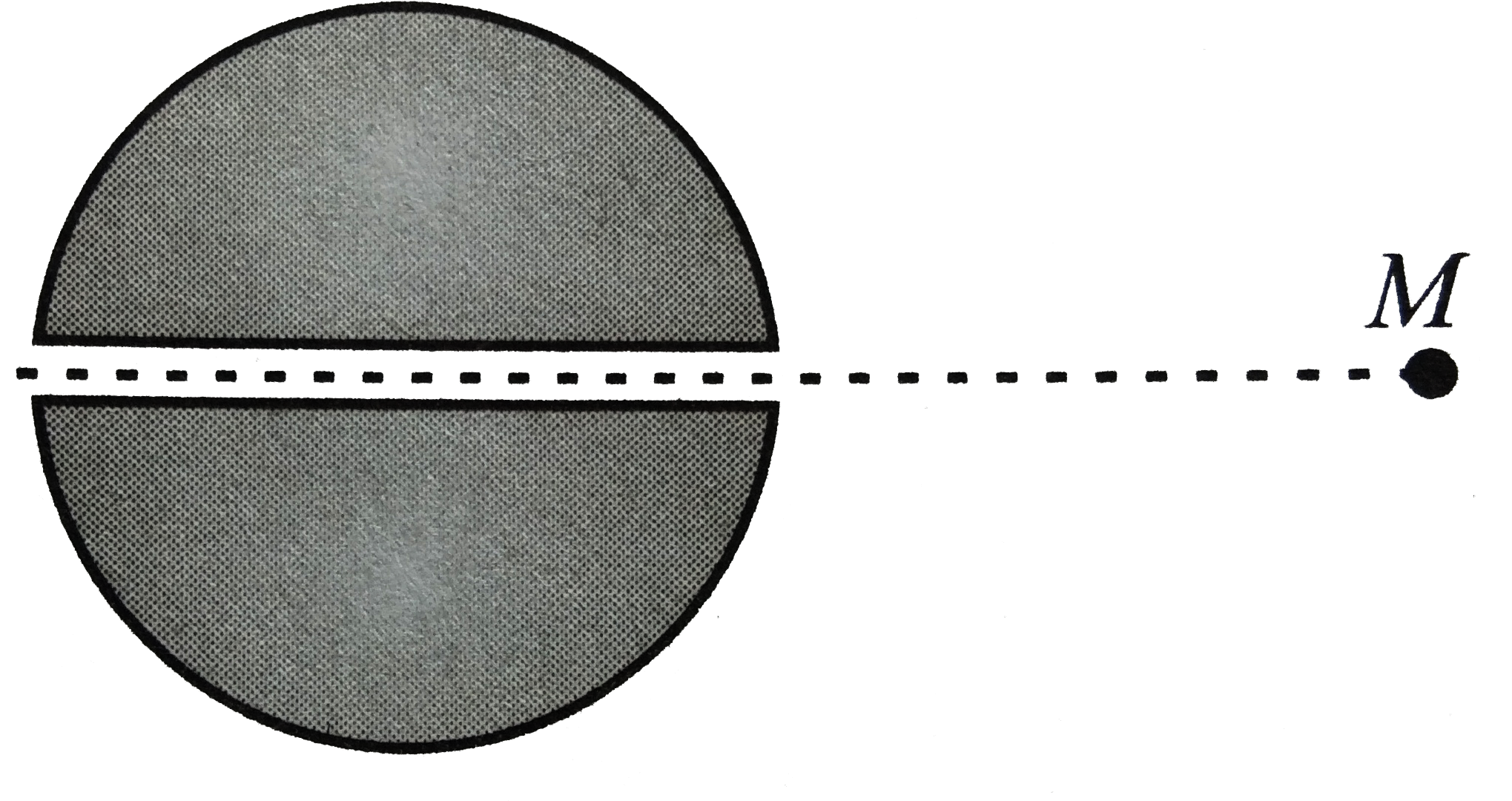If a planet of given density were made larger, its force of attraction for an object on its surface would increase because of the greater distance from the object to the centre of the planet. Which effect predominates?
Step by step video & image solution for If a planet of given density were made larger, its force of attraction for an object on its surface would increase because of the greater distance from the object to the centre of the planet. Which effect predominates? by Physics experts to help you in doubts & scoring excellent marks in Class 11 exams.
Updated on:21/07/2023Topper's Solved these Questions
- GRAVITATIONBOOK - PHYSICS GALAXY - ASHISH ARORACHAPTER - GRAVITATIONEXERCISE - Concetual MCQ
39 Videos
- GRAVITATIONBOOK - PHYSICS GALAXY - ASHISH ARORACHAPTER - GRAVITATIONEXERCISE - Numerial MCQs
59 Videos
- GRAVITATIONBOOK - PHYSICS GALAXY - ASHISH ARORACHAPTER - GRAVITATIONEXERCISE - Particle Exercise
50 Videos
- FLUID MECHANICSBOOK - PHYSICS GALAXY - ASHISH ARORACHAPTER - FLUID MECHANICSEXERCISE - Unsolved Numerical Problems
86 Videos
- KINEMATICSBOOK - PHYSICS GALAXY - ASHISH ARORACHAPTER - KINEMATICSEXERCISE - Unsolved Numerical Pro.
83 Videos
Similar Questions
If the density of the earth is doubled keeping its radius constant, then the new value of force of attraction on an object on the surface of the earth is how many times that in the previous case?
View SolutionIf the force of gravitation acts on apples on the tree at different height from the surface of the earth, can it act on even farther objects like the other planets and the sun ?
View Solution
Knowledge Check
The mass of a planet is double the mass of the earth and its radius is half of that of the earth. If F is the force of attraction on an object on the surface of earth, then the force of attraction on the same object on the surface of that planet is ________
A2FB4FCF2D8FA spherical hollow is made in a lead sphere of radius R such that its surface touches the outside surface of the lead sphere and passes through the centre. The mass of the lead sphere before hollowing was M. The force of attraction that this sphere would exert on a particle of mass m which lies at a distance d from the centre joining the centre of the sphere and the hollow is
AGMmd2BGMmd2⎡⎢ ⎢ ⎢⎣1−18(1−R2d)2⎤⎥ ⎥ ⎥⎦CGMmd2⎡⎢ ⎢ ⎢⎣1−18(1+R2d)2⎤⎥ ⎥ ⎥⎦DGMm8d2If the angular velocity of a planet about its own axis is halved, the distance of geostationary satellite of this planet from the centre of the centre of the planet will become
A(2)1/2 timesB(2)3/2timesC(2)2/3 timesD4 times
The planet Egabbac (in another solar system) has a radius twice that of the earth's but an average mass density which is the same as the earth. Would the weight of an object on Egabbac's surface to be the same as on the earth's greater than on the earth's or less than on the earth's ? If greater or less than on the earth's then by how much?
View SolutionThe escape velocity of an object projected from the surface of a given planet is independent of
View SolutionStatement I: In free space a uniform spherical planet of mass M has a smooth narrow tunnel along its diameter. This planet and another superdense small particle of mass M start approaching towards each other from rest under action of their gravitational forces. When the particle passes through the centre of the planet, sum of kinetic energies of both the bodies is maximum.

Statement II: When the resultant of all forces acting on a particle or a particle like object (initially at rest) is constant in direction, the kinetic energy of the particle keeps on increasing.
View SolutionSatellite revolving around the earth loses some energy due to collision. What would be the effect on its velocity and distance from the centre of the earth?
View SolutionIf the radius of a planet is R and its density is ρ , the escape velocity from its surface will be
View Solution
